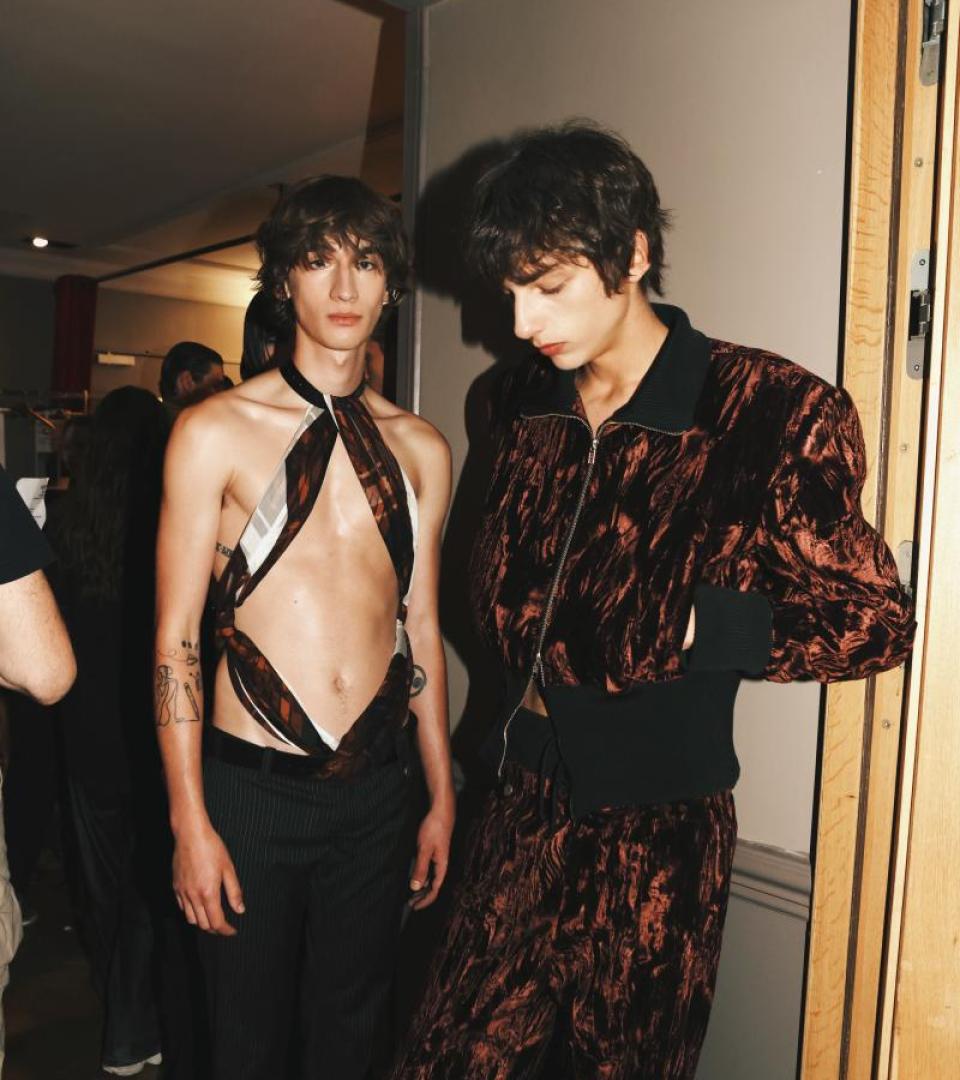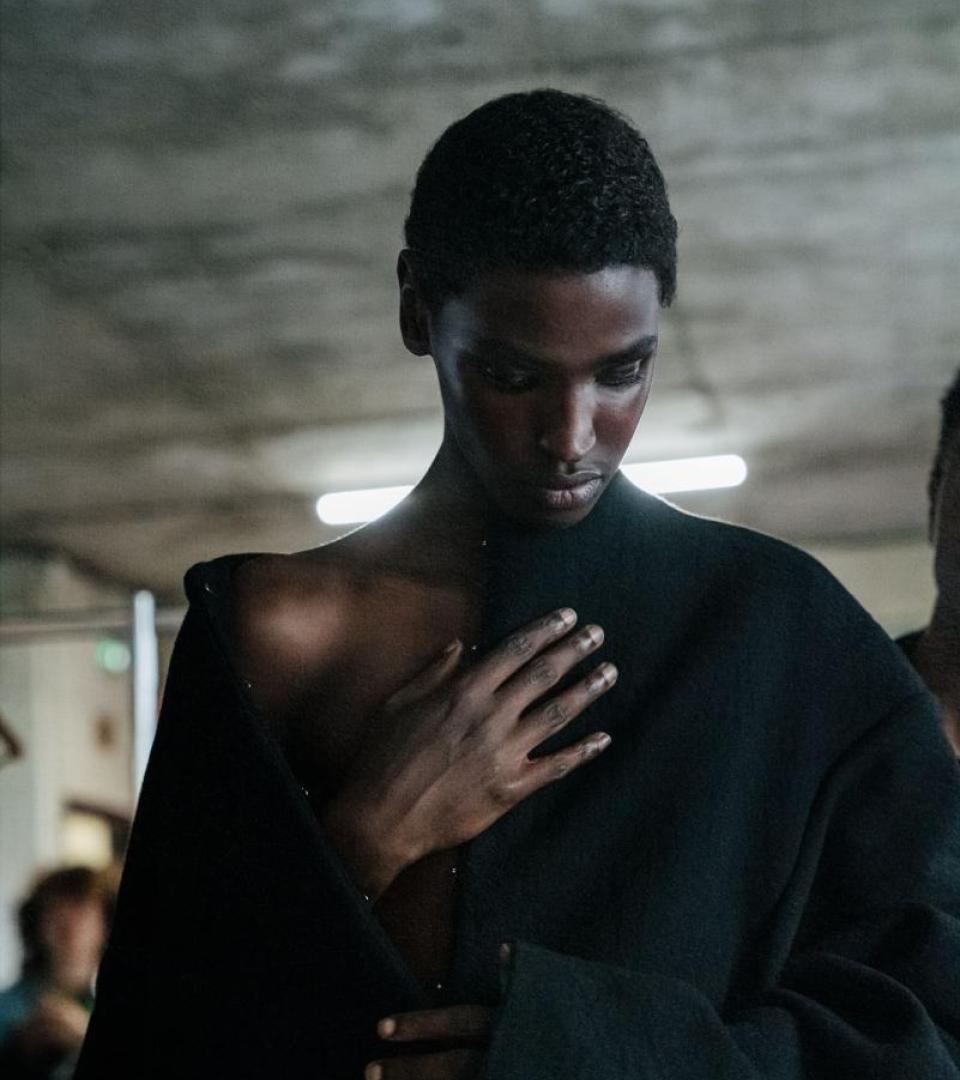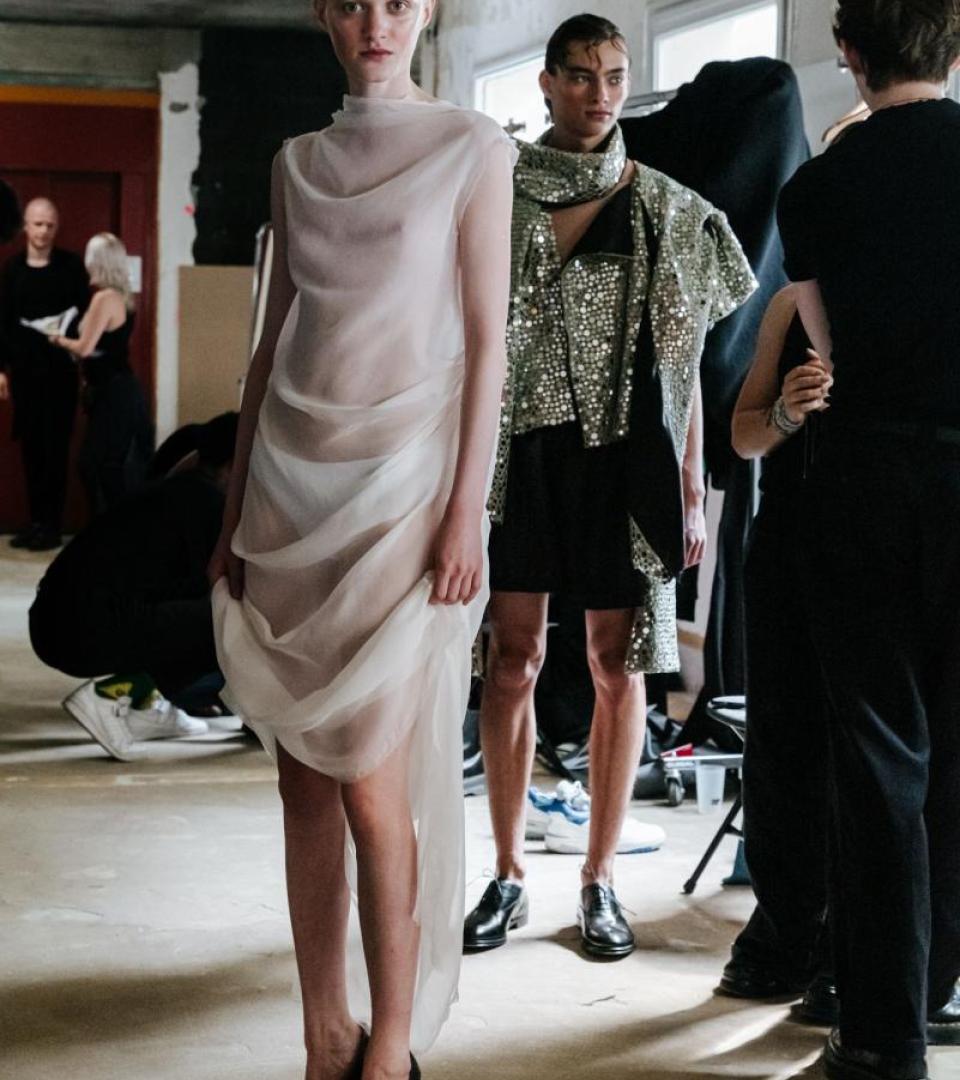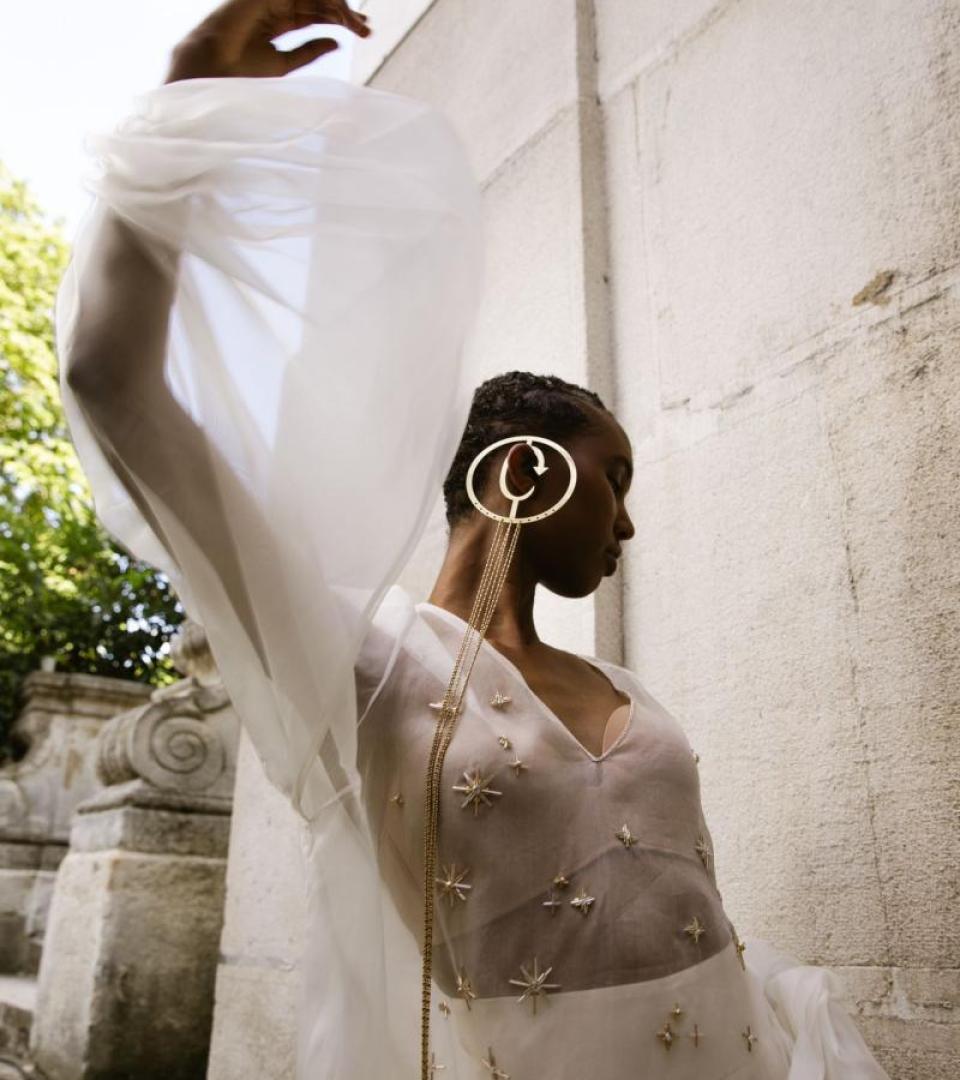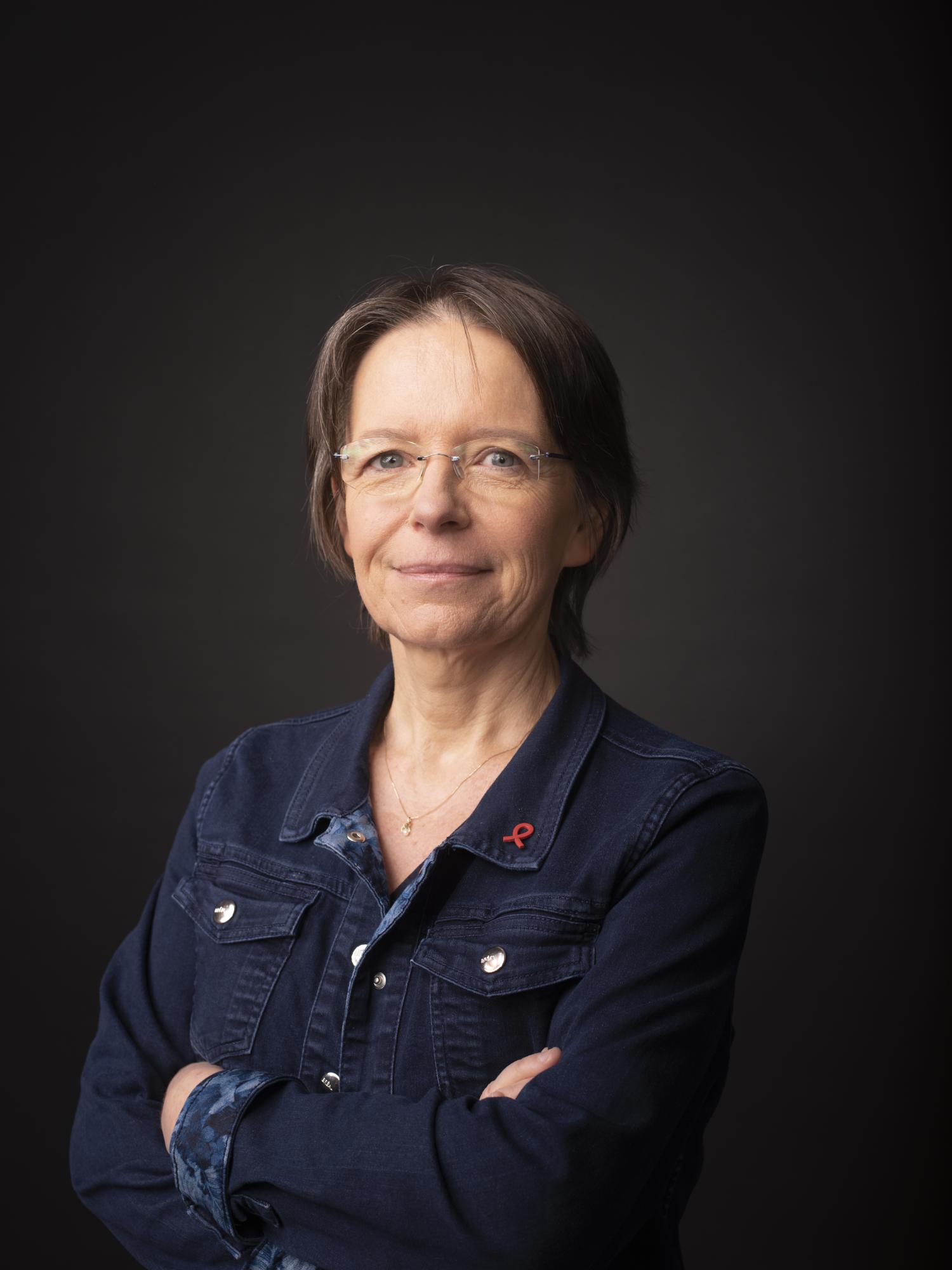Since 2003, the Sidaction dinner allowed to raise more than 11 millions for the research which allowed to reach many goals, which are the next and most urgent?
I can say that the urgency is to try to end this epidemic. We are funding research projects but also committee-based organisations that are working in the field on prevention and taking care of people affected with HIV. Today the main challenge is to push people to get tested, because they are unintentionally the most contagious, as they are not aware of their positivity. Wherever working, France or Africa for example, these organisations are the only ones that could reach the people who don't know about their HIV status and that are far or excluded from care or prevention, most of the times. It's a big effort as we know that today once you are diagnosed HIV positive, you can receive assisted treatments that keep you healthy for the rest of your life besides avoiding to transfer the virus. Moreover, on the research side, the priority is to find a once-in-a-lifetime treatment. The first step was everyday therapy, now you have injectable solutions every two months, but we are trying to find single solution. We don't think that HIV could be eradicated, but we could make lives better.
The situation is not like was in the '80s when HIV was discovered but remained unknown. But data suggests that, since 2021, the number of cases hasn't decreased. How is the situation at today?
We still don't have the statistics of 2022, which should be released by the end of July, but with the pandemic we didn't observe a decrease and even in the previous years the data were not good. United Nations was planning to have less than 500.000 infections in the world in 2020, but they were around 1.500.000 — three times more. It's true that we have made a lot of progress compared to the past, but we are aware that the last mile to succeed is the most difficult. There are many countries where people discover too late that they are HIV positive and this increases the mortality. But if you go testing and you find the disease at the very early stage and you could easily be saved and live a normal life. Many of the people that died of AIDS in France are the one that never tested and were diagnosed late. Comparing to the ‘80s, today's cures are way more effective and helpful, but it's also true that without testing even these could be useless.
How do you engage new generations as the feeling among them is that AIDS is kind a disease of the past even if this is not the case?
They are not engaged also because they don't see people with HIV anymore. So that's why it is very important to let AIDS be visible, to keep talking about it and show that the life of positive people will not end but can be normal. They also don't care; but this doesn't meant that HIV doesn't exist anymore. Also adults are careless. For example in France the most affected people are over 50 rather than under 25 years old. Maybe also because we are encouraging prevention and sensitisation in French schools because we realised that there was a lack of communication. The good news is that when young people are well-informed they are good in engaging their communities, and this very important. We speak a lot with them as they are important actors in the prevention campaigns. But even if one of the objectives is to give as much as possible visibility to HIV and today's cures, there is still a lot of discrimination. They are not marginalised as it was in the '80s, but still they feel rejected from their environment or workplace. Coping this issue is another important challenge, it is also part of the misinformation. Also, when it comes to new generations, surveys suggest that 97% of young people believe that condoms are safe to prevent HIV, but when asked if they would have a sexual relationship with someone positive using a condom almost 20% of them refuse. This is contradictory as even if they know that it would be safe, the physical contact still worries them. It's a cultural thing, we need to fight also against this.
How can digital platforms help spread awareness about AIDS?
They are helpful to popularise correct messages as unfortunately you can read a lot of fake news that causes alarm and confusion. This really doesn't help us with generations who live constantly connected. Working with influencers and celebrities helps to properly inform, too. For us these means are useful as well to direct people to the correct source of information, to not be mislead. But the best strategy is still to keep repeating these messages both online and in real life.
Is some hopeful news regarding the research and some vaccines and/or cures for AIDS?
This virus is so complex that it's very difficult to find a vaccine; it's still a long way. People think that having found a successful Covid-19 vaccine in a such short time would let scientists to do the same for HIV, but they are completely different and it's not that simple. Of course there are many different trials around the world, but we are still far from finding one. I could say that we are a bit more optimistic to find a cure. At today if it is diagnosed in time, the quality of life is very good and we could reach the possibility to take one pill once in a lifetime. Also when you are being treated, you cannot spread the virus; so as more as people get diagnosed and undergo cures, the less spreading there will be.
Let's talk about Le Dîner de la Mode, this is the 20th anniversary. What is the most remarkable moment from the past editions?
I can definitely say that the last one was incredible. After almost three years of pandemic, the feeling at the event was completely different. People felt more enthusiastic and and joyful, and even if it was a charity dinner against one disease, the fashion world felt part of something bigger, the sense of community and hope were there. The performance of Drag Race France (imagined by Jean Paul Gaultier and hosted by Raphaël Cioffi and Daphné Bürki, ed.) boosted this mood. It was not anymore just the fight against AIDS but as well for inclusivity, respect and friendship.
What do you expect for this edition?
Last year was special, but this year will be even more engaging. People realise that we all must gather and walk this last and very difficult mile together.
This interview has been lightly edited.
